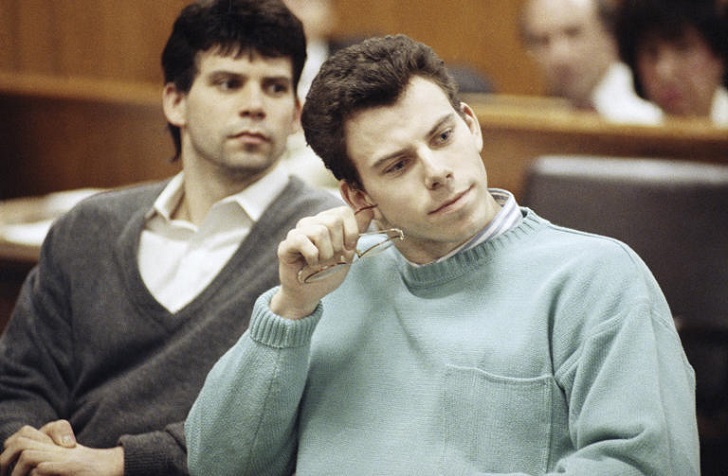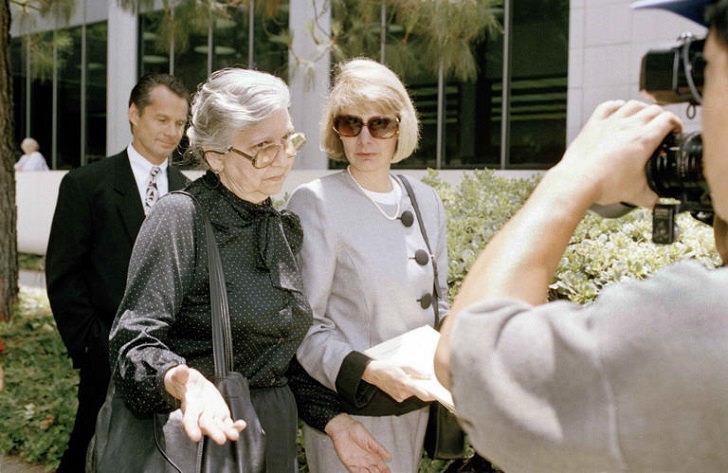The growing fascination with true crime popularity has undeniably shaped public perception of the justice system and influenced sentencing decisions. True crime series, documentaries, and podcasts have become cultural phenomena, often challenging previous narratives and questioning long-standing convictions. This wave of public interest has caused some to reassess notorious cases, spurring conversations about guilt, innocence, and the broader implications of media on real-life judgments.
True Crime’s Role in Changing Sentences
Public outcry and renewed interest in cold cases or contentious trials have led to real-life judicial impacts. Take the Menendez brothers’ case as an example. Convicted in the 1990s for the murder of their parents, the brothers were sentenced to life without parole. However, recent documentaries have revived their story, shedding light on potential abuse and garnering sympathy from viewers. This public empathy has spurred a recommendation for resentencing, a rare move driven largely by true crime’s popularity.
The shift in sentencing trends isn’t unique to the Menendez case. High-profile series like “Making a Murderer” and “Serial” have highlighted potential flaws in convictions, influencing public opinion and pressuring judicial reviews. These shows often aim to expose perceived injustices, present alternative narratives, and encourage viewers to question established verdicts.

Social Media’s Influence on True Crime Sentiment
Social media plays a vital role in amplifying the effects of true crime stories, often encouraging active participation from the public. Platforms like Twitter and Reddit host discussions where amateur sleuths dissect cases, debate motives, and propose theories. While this democratizes the investigative process, it also risks misinformation, as users lack criminal law or forensic analysis expertise.
In high-profile cases, this participation has a dark side, occasionally leading to accusations against innocent parties. Families of victims sometimes find themselves the targets of misguided speculation or false accusations, experiencing an additional layer of trauma as their loved one’s death becomes entertainment for millions. This blend of media and user engagement fuels a sensationalism cycle, potentially impacting how cases are perceived and discussed.
The Shift in Sympathy Toward the Accused
True crime content has evolved, often painting accused individuals as antiheroes or victims of systemic injustice. Past true crime content typically portrayed criminals as irredeemable villains, upholding their guilt without question. Today, narratives often examine the backstories of these individuals, exploring factors like trauma or social pressure to generate empathy.
This approach resonates with audiences. Instead of seeing perpetrators solely as criminals, viewers might understand their actions as byproducts of a flawed system. The portrayal of the Menendez brothers, for instance, digs into alleged childhood abuse and its psychological effects, prompting viewers to consider the complexities behind their actions. This narrative shift can impact jury decisions, as potential jurors may enter the courtroom with preconceived ideas shaped by entertainment.

Ethical Challenges in True Crime Content
While true crime stories spotlight miscarriages of justice, the genre raises ethical questions. Whitney Phillips, a professor of media ethics, notes that the attention economy prioritizes sensationalism, often at the expense of accuracy and ethical storytelling. True crime influencers and podcasters frequently discuss cases informally, sometimes without conducting thorough research. This casual approach contrasts sharply with investigative journalism, which aims for factual integrity.
The trend is also visible on platforms like TikTok and YouTube, where influencers incorporate true crime into lifestyle content, even blending it with makeup tutorials. Phillips argues that these formats can trivialize serious cases, transforming tragedies into casual entertainment without respect for the victims or families involved.
The Potential Risks of Media-Driven Justice
While true crime’s popularity helps expose and correct injustices, it also introduces risks. When high-profile cases receive overwhelming media attention, they might inadvertently overshadow others, leading to inconsistencies in which cases get revisited or re-evaluated. This selective attention risks creating a judicial system where visibility, rather than merit, influences outcomes. As more people consume and engage with true crime media, public opinions about sentencing and justice will likely continue evolving.




